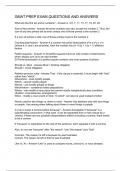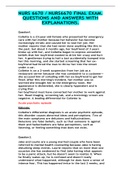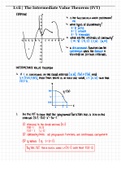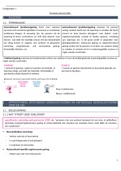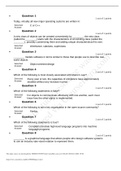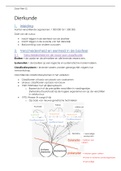Examen
GMAT prep
- Grado
- Institución
What are the first ten prime numbers? - Answer-2, 3,5, 7, 11, 13, 17, 19, 23, 29 Sum of two primes - Answer-All prime numbers are odd, except the number 2. Thus, the sum of any two primes will be even unless one of those primes is the number 2 If a sum of primes is odd, one of those primes mu...
[Mostrar más]
